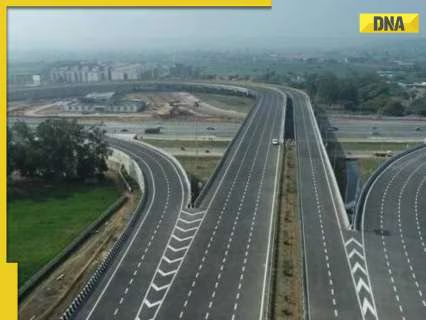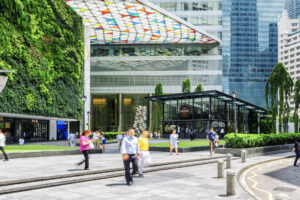
The latest postponement stems from a directive issued by the Prime Minister’s Office (PMO), which instructed the Ministry of Road Transport and Highways (MoRTH) to delay the inauguration until all four construction phases are fully completed and certified safe for vehicular traffic.
The Delhi‑Dehradun expressway, a major infrastructure venture being built by the National Highways Authority of India (NHAI), has been pushed back several times over the past two years. Originally slated for completion in December 2024, the corridor now carries a revised target of February 2026 for public opening. The shift follows a series of construction hurdles that were highlighted in a Rajya Sabha reply in July, when the government announced an interim deadline of October 2025.
According to a report from Hindustan Times, the latest postponement stems from a directive issued by the Prime Minister’s Office (PMO), which instructed the Ministry of Road Transport and Highways (MoRTH) to delay the inauguration until all four construction phases are fully completed and certified safe for vehicular traffic.
Delhi‑Dehradun expressway current status
The expressway is dibided into four distinct sections. The inaugural segment starts near the Akshardham temple in Delhi, weaves through Geeta Colony, Shastri Park and Mandola Vihar, and terminates at Khekra in Baghpat. This stretch has already been ready for about six months and has provided relief to commuters who previously struggled with water‑logged streets in Delhi during the September rains.
The second phase extends from Baghpat to Saharanpur and is reported to be nearing completion. Work on the third phase, which focuses on widening the existing corridor between Saharanpur Bypass and Ganeshpur, is at an advanced stage. The final phase, situated close to Dehradun, involves safety‑related upgrades on elevated sections and tunnels.
Construction progress and recent developments
During the monsoon period, authorities implemented precautionary measures to mitigate flooding on the route. An NHAI official explained that the remaining tasks, such as flood protection near the Daat Kali temple, installation of mobile towers, and tunnel finishing, are expected to be completed by November 2025. The expressway is designed to improve mobility between the bustling capital region and the hill state of Uttarakhand, linking towns such as Baghpat, Baraut, Shamli and Saharanpur before reaching its final destination.
The foundation stone was laid by Union Minister Nitin Gadkari in February 2021, and Prime Minister Narendra Modi performed a ceremonial inauguration later that year. When fully operational, the highway will feature 100 underpasses and five railway overbridges, and will intersect with the Delhi‑Mumbai expressway as well as the Eastern Peripheral Expressway, providing multiple routes toward popular Uttarakhand destinations like Haridwar and Roorkee.
Environmental impact on Delhi‑Dehradun expressway
A notable feature of the project is a 12‑kilometre elevated corridor that runs through Rajaji National Park, which will become Asia’s longest wildlife corridor upon completion. The corridor includes six animal underpasses intended to safeguard the movement of wildlife. However, the construction has attracted criticism for its impact on forest cover. In response to a Rajya Sabha query, the Government of India confirmed that approximately 17,913 trees were either cut down or transplanted to make way for the road.
To offset this loss, NHAI has planted more than 50,600 new trees and allocated Rs 40 crore to the forest departments of Uttar Pradesh and Uttarakhand. In March, the National Green Tribunal (NGT) imposed a fine on NHAI for failing to provide adequate details of its afforestation programme, underscoring the ongoing environmental scrutiny surrounding the project.
Connectivity and future prospects
Beyond its immediate benefits to commuters, the Delhi‑Dehradun expressway is expected to enhance regional connectivity by linking the national capital with the emerging economic hubs of western Uttar Pradesh and the tourism centres of Uttarakhand. The integration with existing major highways will create a more resilient transport network, facilitating smoother movement of goods and passengers across state lines.
While the project has encountered delays and environmental challenges, the commitment from both the central government and NHAI to complete all four phases before opening to traffic reflects a cautious approach aimed at delivering a safe and sustainable highway for future generations.





